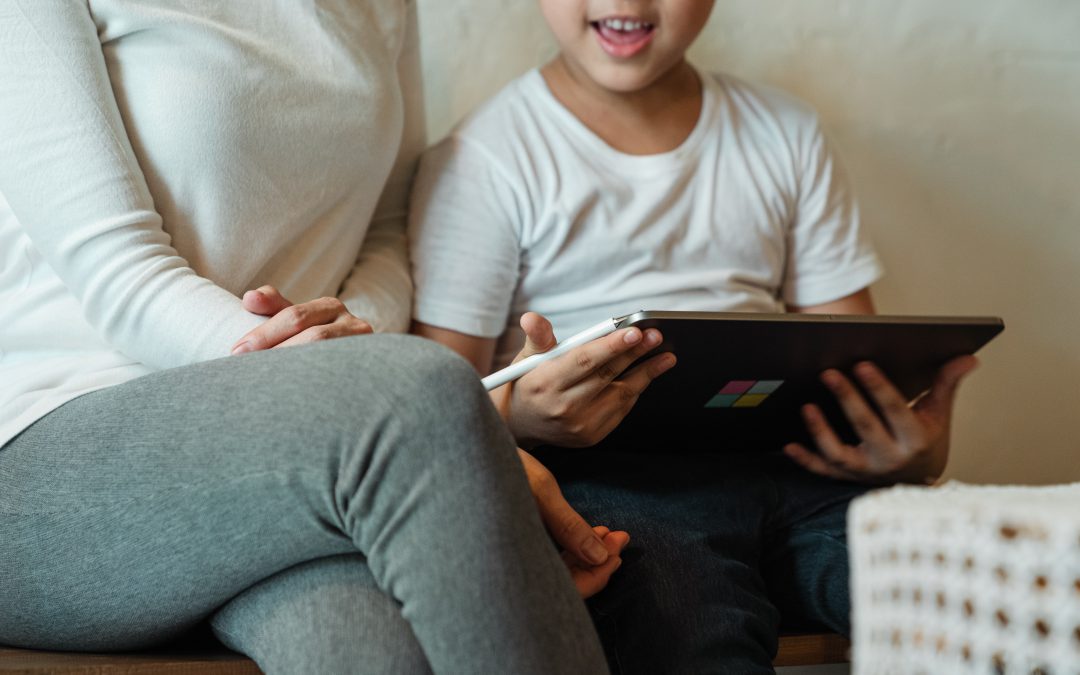Educational technology has opened up a new world of learning possibilities. Virtual reality and infographics help visual and kinetic learners in a way not possible with lectures alone. During the coronavirus pandemic, technology helped schools keep students safe while maintaining a high standard of teaching and learning. It’s essential that schools provide educational technology and apply it to social-emotional learning as well.
What Is Social-Emotional Learning, or “SEL”?
EdTech magazine defines SEL as ”the process in which students develop the necessary soft skills to collaborate effectively with their peers.” SEL enhances skills such the ability to handle emotions and maintain relationships. Understanding these soft skills helps students to function well with their peers as well as adults. SEL also teaches students how to understand and communicate their anger instead of taking harmful actions.
Why Students Need SEL
More than ever, students report rising levels of anxiety and depression. The Pew Research Center states that 70% of teens report strong feelings of anxiety and pressure. Alongside anxiety, 20% of teens suffer from depression. Since the coronavirus outbreak, students report a spike in anxiety and depression. In fact, according to an EdSource survey, over 50% of students say they’ve needed support for mental health since schools closed. Social-emotional learning can provide some of this support. When teens have difficulty processing their emotions in a healthy way, they can get stuck in their heads. Appropriate worry for a test they hadn’t studied for can then transform into crippling anxiety that prevents them from studying with a clear mind. This, in turn, makes the fear worse. SEL provides empathy and the tools students need to process difficult emotions. Moreover, it can even help improve overall grades.
How to Implement Technological SEL Learning
There are countless creative ways to implement SEL in schools. Artificial intelligence is one of the many ways to implement SEL. For example, robots can help autistic children to learn communication in a nonthreatening way. Robots4Autism created “Milo” in order to present learning material consistently. Milo does not get irritated and can repeat instructions and communication as much as a student needs. Common Sense Education offers a long list of online games and apps that teach soft skills across all grade levels. Applications and programs such as LearnSafe can also monitor and enhance behavior on student computers, giving opportunities to address and reform behavioral problems. There is no doubt that SEL can enhance not only a learning experience but a student’s overall life experience as well.
Text by Kassie Roberts


